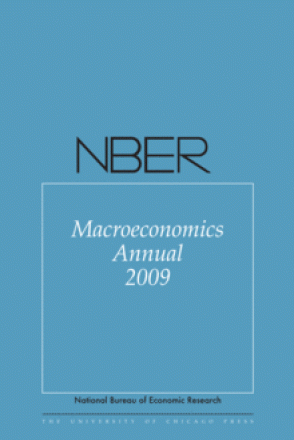A Quantitative Analysis of the Evolution of the US Wage Distribution, 1970–2000

You may be able to download this chapter for free via the Document Object Identifier.
In this paper, we construct a parsimonious overlapping-generations model of human capital accumulation and study its quantitative implications for the evolution of the US wage distribution from 1970 to 2000. A key feature of the model is that individuals differ in their ability to accumulate human capital, which is the main source of wage inequality in this model. We examine the response of this model to skill-biased technical change (SBTC), which is modeled as an increase in the trend growth rate of the price of human capital starting in the early 1970s. The model displays behavior that is consistent with several important trends observed in the US data, including the rise in overall wage inequality; the fall and subsequent rise in the college premium, as well as the fact that this behavior was most pronounced for younger workers; the rise in within-group inequality; the stagnation in median wage growth; and the small rise in consumption inequality despite the large rise in wage inequality. We consider different scenarios regarding how individuals’ expectations evolve during SBTC. Specifically, we study the case in which individuals immediately realize the advent of SBTC (perfect foresight) and the case in which they initially underestimate the future growth of the price of human capital (pessimistic priors) but learn the truth in a Bayesian fashion over time. Lack of perfect foresight appears to have little effect on the main results of the paper. Overall, the model shows promise for explaining a diverse set of wage distribution trends observed since the 1970s in a unifying human capital framework.


